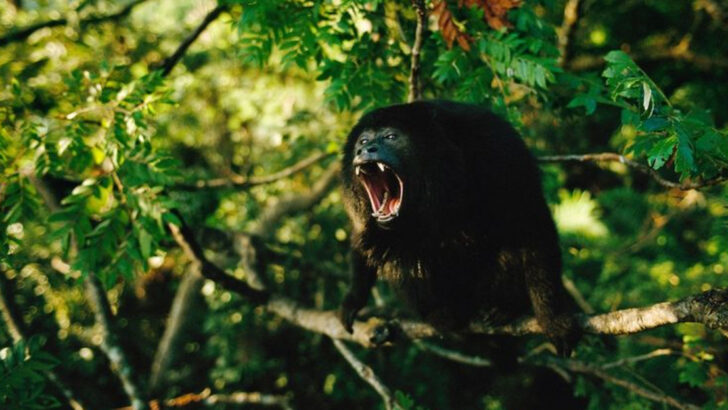Some animals don’t just make noise—they shake the world with it. From thunderous howls to deep underwater booms, these creatures aren’t whispering in the wild. They’re belting out sonic signatures that travel across valleys, oceans, and sometimes even continents. You might not see them—but you’ll definitely hear them coming. What’s behind all the bellowing, booming, and bone-rattling roars? Sometimes it’s love. Sometimes it’s war. And sometimes, it’s just how they say, “I’m here.” Let’s dive into the lives of 13 animals so loud, they could drown out your car radio—and maybe even your thoughts.
Howler Monkey
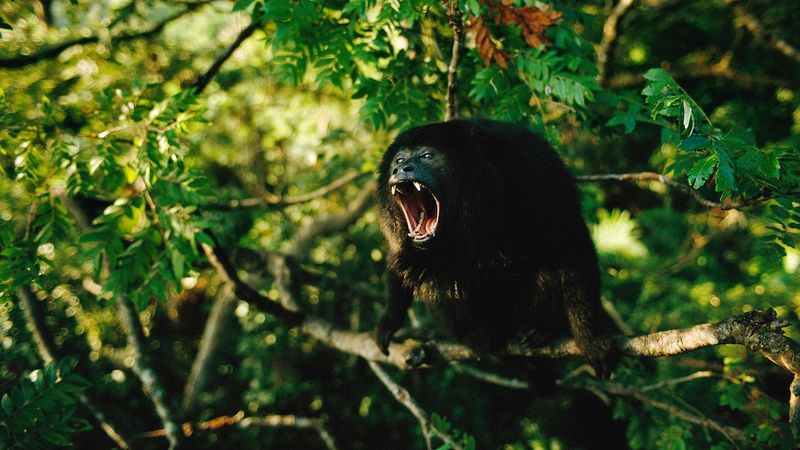
The howler monkey is famous for its booming voice. Residing in the dense canopies of Central and South America, its calls can be heard up to three miles away.
With a specially adapted hyoid bone, this monkey amplifies its sound, creating a chorus that resonates through the jungle. Howlers use their calls to mark territory and communicate with other groups.
Did you know? These monkeys rarely come down from the trees, living their entire lives in the treetops. Their vocal prowess ensures they stay connected without ever leaving their leafy homes.
Blue Whale

The blue whale, the largest animal on Earth, is also one of the loudest. Its deep, resonant calls can travel thousands of miles underwater.
These vocalizations serve purposes such as navigation, communication, and mating. Despite its massive size, the blue whale’s voice is a crucial tool for survival in the vast ocean.
Often heard rather than seen, the blue whale’s calls are a haunting reminder of the mysteries hidden beneath the waves. Their songs, low-frequency and powerful, ensure they remain in contact over immense distances.
Elephant
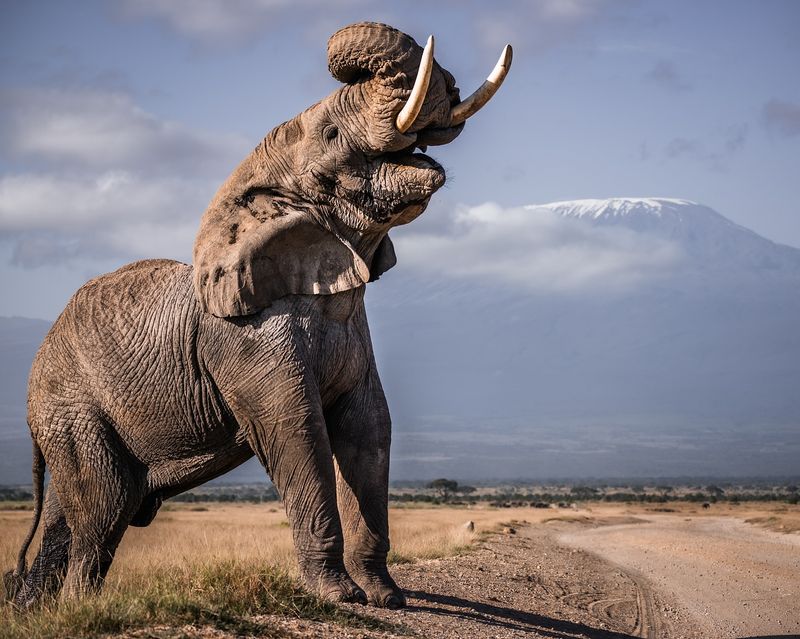
Elephants are majestic creatures known for their intelligence and social bonds. Their trumpeting calls can be heard miles away across savannahs and forests.
These calls are not just sounds; they convey emotions, warnings, and even coordinate movements within the herd.
Beyond their vocalizations, elephants communicate using low-frequency rumbles that travel through the ground, a fascinating method of staying connected with distant family members. This dual communication system highlights their complexity and deep social structure.
Lion
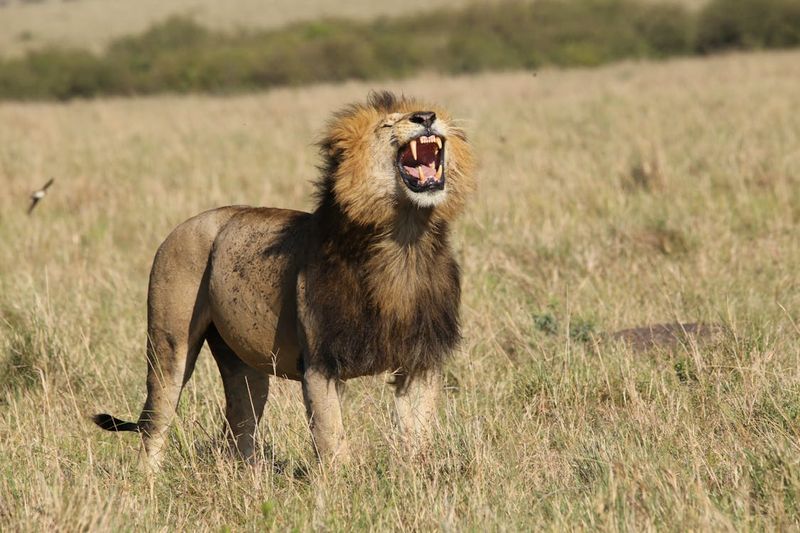
The lion’s roar is synonymous with power and dominance. Audible from up to five miles away, it asserts territory and deters rivals.
This iconic sound is a testament to the lion’s status as king of the jungle. Roaring serves not only to mark territory but also to strengthen social bonds within the pride.
Did you know? Only male lions typically roar, and they often do so in groups, creating a chorus that can send chills down the spine of any intruder.
Cicada
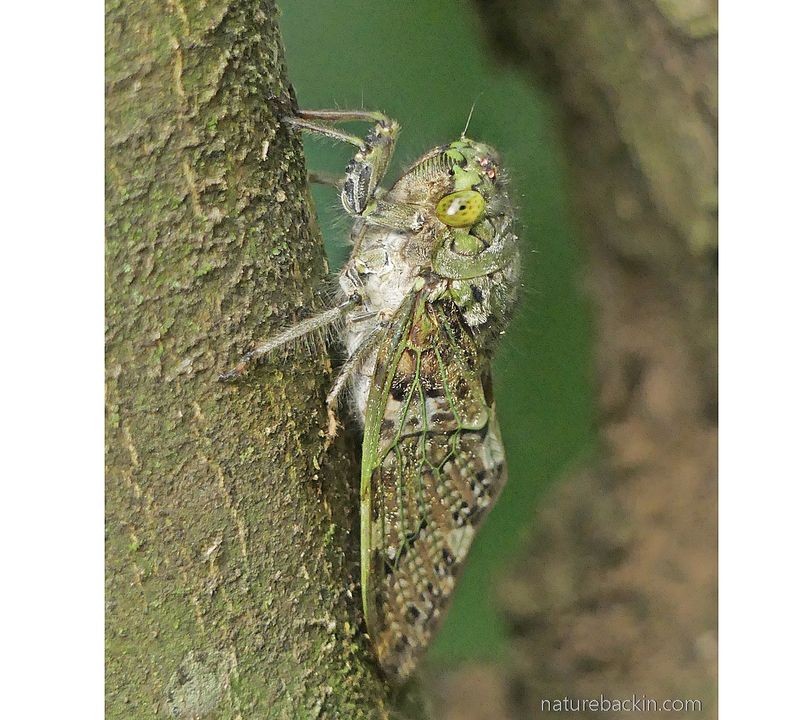
Cicadas are insects famed for their deafening chorus, particularly during the mating season. These sounds, generated by vibrating membranes, can reach 100 decibels.
Found worldwide, cicadas emerge in large numbers, their collective noise deterring predators and attracting mates.
Interestingly, different species of cicadas have distinct calls, allowing them to find the right partner amid the cacophony. Despite their small size, cicadas make a big impact with their extraordinary vocal abilities.
Hyena
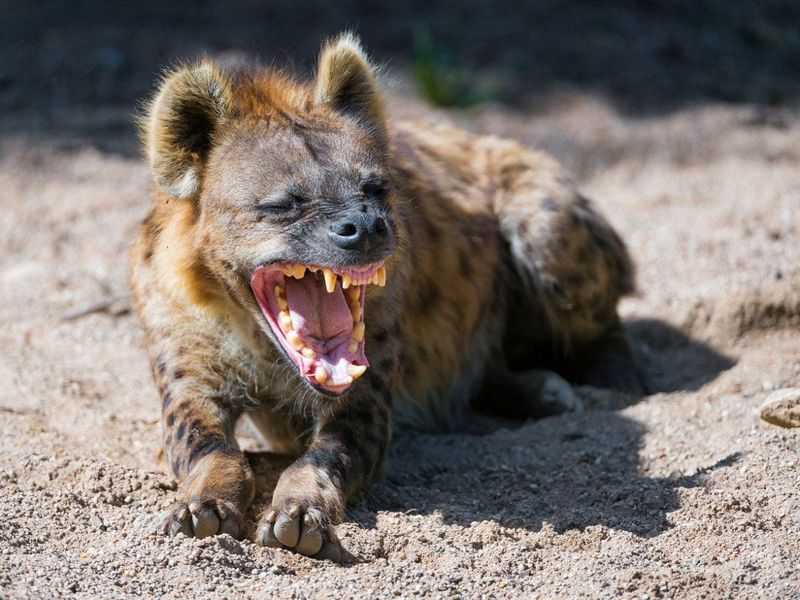
The hyena’s laugh isn’t just a sound; it’s a complex form of communication. Echoing across the African savannah, it signals group dynamics and individual status.
These vocalizations are an essential part of their social structure, helping to coordinate hunting and signal distress.
Their eerie calls, full of variation, keep the group cohesive and alert to changes. Did you know? The pitch and frequency of a hyena’s call can indicate its age and social rank, providing a fascinating insight into their world.
Kookaburra
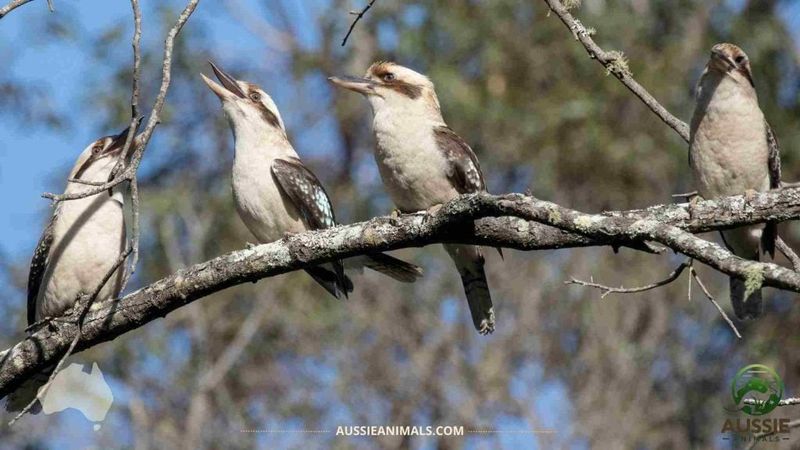
The kookaburra, often associated with the Australian bush, is known for its distinctive ‘laughing’ call. This sound travels far through the outback, marking territory and signaling its presence.
Living in family groups, kookaburras use their calls to coordinate activities and maintain social bonds. Their laughter is not just for show; it plays a crucial role in their daily life.
In many cultures, the kookaburra’s call is a symbol of the wild, embodying the spirit of the Australian landscape with its joyful and resonant sound.
Peacock
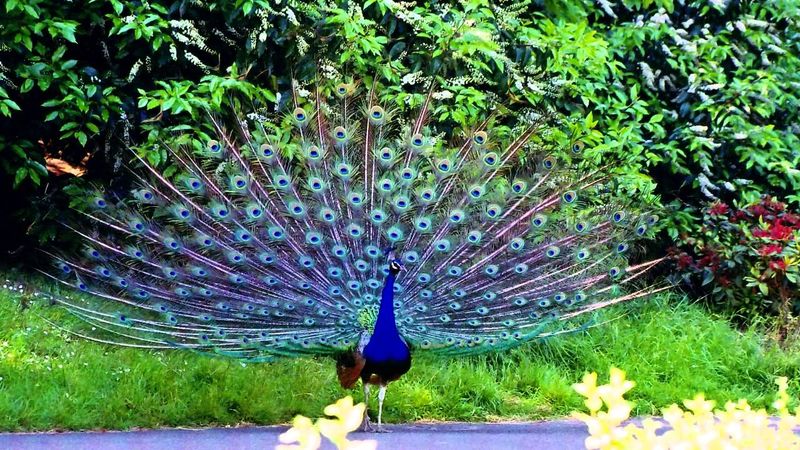
The peacock is renowned not just for its dazzling plumage but also for its loud, piercing calls, which can be heard over long distances.
These calls play a vital role during the mating season, attracting potential mates and asserting dominance. The peacock’s voice is as much a part of its allure as its feathers.
This combination of visual and auditory displays makes the peacock a fascinating study in animal communication, where beauty and sound work together to ensure reproductive success.
Wolverine
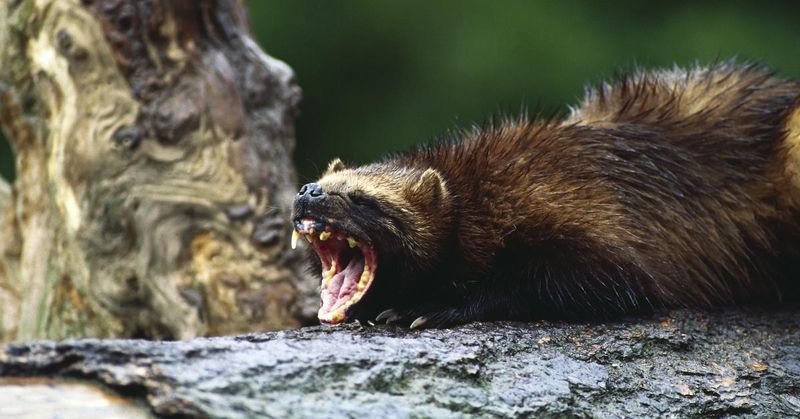
Wolverines are elusive creatures, known for their ferocity and tenacity. Their vocalizations, including growls and screams, can echo through the forests they inhabit, signaling territory and warning off intruders.
Despite their solitary nature, these sounds are essential for communication. The noises they make help maintain distance between individuals, reducing the risk of conflict.
Their calls, though not as frequent as some other animals, are powerful and demand attention, reflecting the wolverine’s status as a formidable predator in its environment.
Wolf
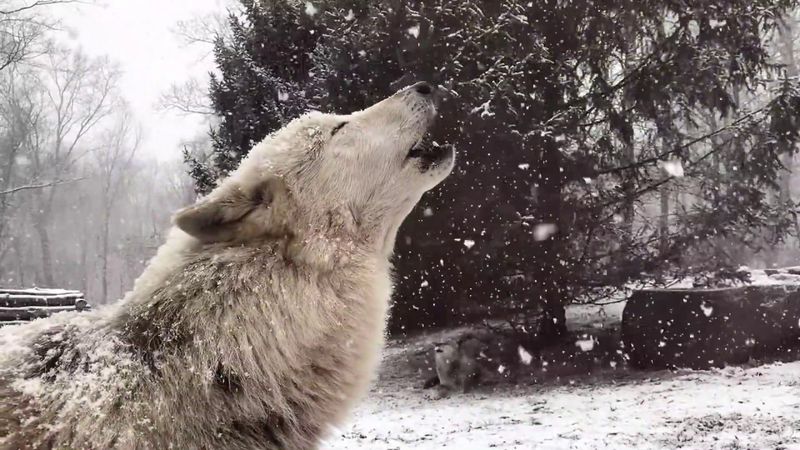
The wolf’s howl is a haunting sound that can carry for miles through forests and across open plains. It serves various purposes, from strengthening pack bonds to coordinating hunts and marking territory.
This iconic call is central to the wolf’s social structure, enabling individuals to communicate over long distances. The harmony of a pack’s chorus is both eerie and beautiful.
Did you know? Each wolf’s howl is unique, allowing them to identify each other from afar and maintain the unity that is crucial for their survival.
Bittern
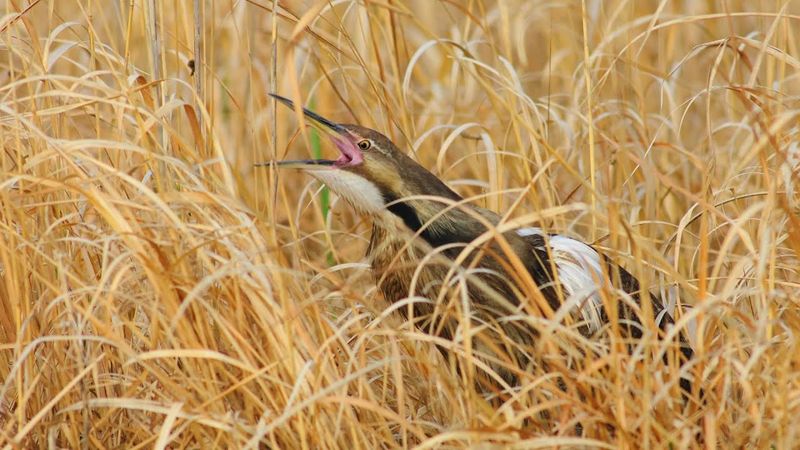
The bittern, a master of camouflage, is known for its distinctive booming call that resonates through wetlands. This sound, likened to a distant foghorn, can be heard over a mile away.
Bitterns are elusive, more often heard than seen, as they blend seamlessly into their surroundings. Their calls are a crucial part of their breeding season, attracting mates and establishing territory.
These birds demonstrate the power of sound in the wild, using their unique voice to stand out in the vast and echoing wetlands they call home.
Siamang Gibbon
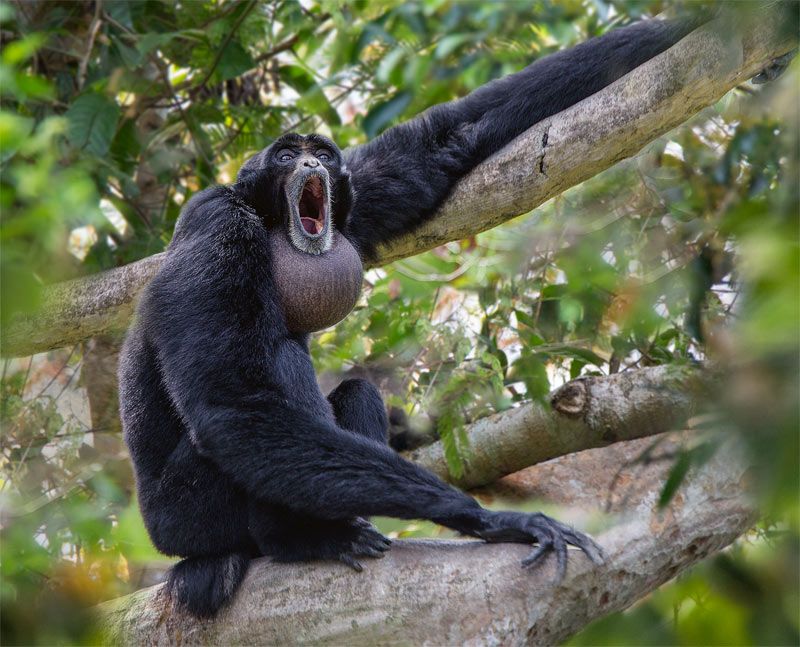
The siamang gibbon is renowned for its complex vocalizations, which echo through the jungles of Southeast Asia. Their calls can be heard over two miles away, serving as both a mating call and a territorial warning.
These apes have a throat sac that they inflate to amplify their sound, creating a symphony that is both intricate and powerful.
Their morning calls, often a duet between mates, are a fascinating example of primate communication, showcasing an impressive blend of rhythm and melody in the wild.
Greater Bulldog Bat
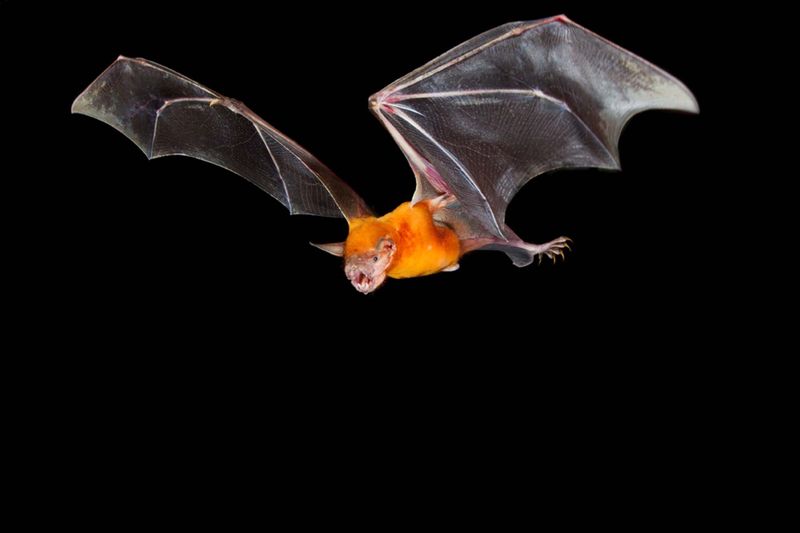
The Greater Bulldog Bat, with its impressive wingspan, is a nocturnal marvel. Its powerful sonar calls can travel long distances, allowing it to hunt fish with precision. Imagine the serene night air pierced by the bat’s unique echo-location, a phenomenon both eerie and fascinating.
This bat, found in Central and South America, uses its loud calls to navigate and communicate. Its ability to ‘see’ with sound is nothing short of extraordinary. Despite their intimidating calls, these bats are harmless to humans, sticking to their diet of fish and insects.
Unique in its sonar prowess, the Greater Bulldog Bat continues to intrigue scientists and animal lovers alike. Its nightly symphony is a reminder of nature’s incredible adaptations.

